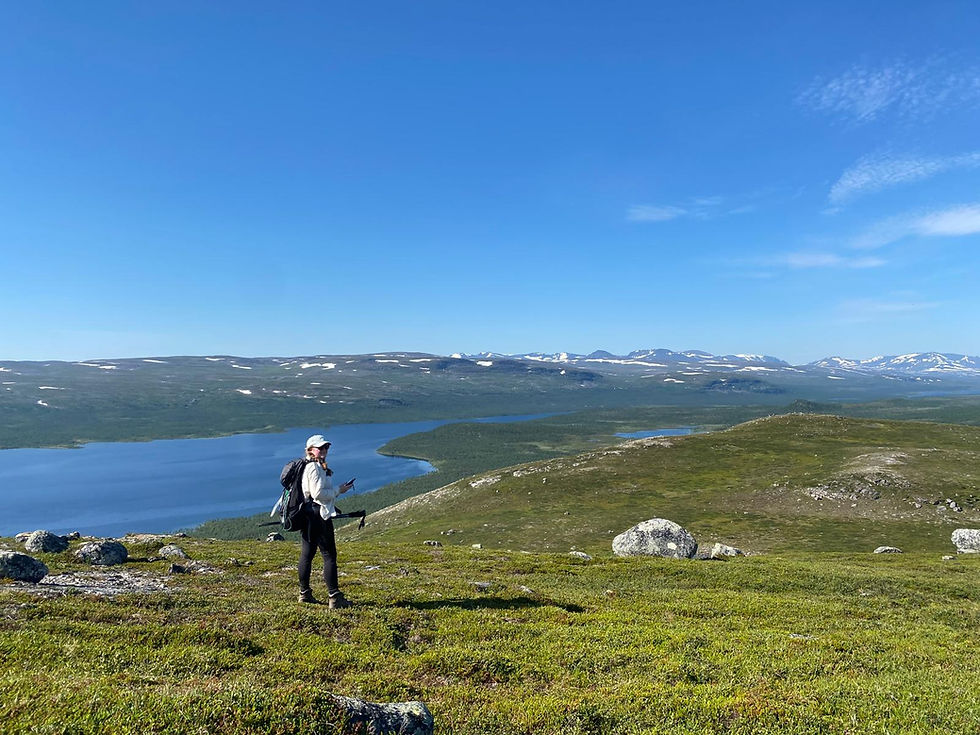Exploring South Africa’s Coasts: Tracing the History of Marine Invasions Through Sediments
- TEBlab

- 7 days ago
- 2 min read
This July, a CEAB team, including TEB Lab PhD student Elena Baños, embarked on a remarkable field expedition along the diverse South African coastline, as part of the ICOOP24 Project. Our mission: to collect sediment cores and water samples that will allow us to uncover the hidden genetic record of marine life, past and present, along one of the most environmentally diverse coastlines in the world.

Our journey began in Velddrif, on the cold, nutrient-rich shores of the South Atlantic, and ended in Richards Bay, where the warm, tropical waters of the Indian Ocean shape a very different ecosystem. In between, we travelled thousands of kilometres, crossing dramatic landscapes and vibrant coastal towns. These contrasting regions, influenced by the Benguela and Agulhas Currents, form one of the steepest environmental gradients on the planet, making South Africa a true natural laboratory for studying biodiversity and ecological changes.

The main goal of our expedition was to recover sediment cores that contain traces of sedimentary ancient DNA (sedaDNA). By analysing this DNA, we aim to reconstruct the history of species introductions and biological invasions over time, and to understand how these processes vary across environmental gradients, from cold temperate waters in the west to warm tropical ones in the east. Each layer of sediment acts like a time capsule, preserving genetic material that tells the story of how marine communities have changed through decades or even centuries.

Beyond the scientific goals, this campaign was also an incredible cultural journey. As we moved across the country, we passed through numerous towns and provinces, each with its own identity, traditions, and charm. Along the way, we had the chance to hear and learn words in Afrikaans, Xhosa, and Sotho, reflecting South Africa’s rich linguistic and cultural diversity.


Everywhere we went, we were welcomed with warmth, curiosity, and generosity. From local fishermen intrigued by our sediment corers to students and researchers eager to learn about our work, the people we met made this experience unforgettable. Their openness and hospitality turned a scientific mission into a genuine cultural exchange.

This campaign marks an exciting step forward in our efforts to understand how biological invasions have shaped, and continue to shape, coastal ecosystems. The data obtained from these samples will help us piece together the complex interactions between climate, human activity, and biodiversity across time and space.

Author
Elena Baños Lara, PhD student



